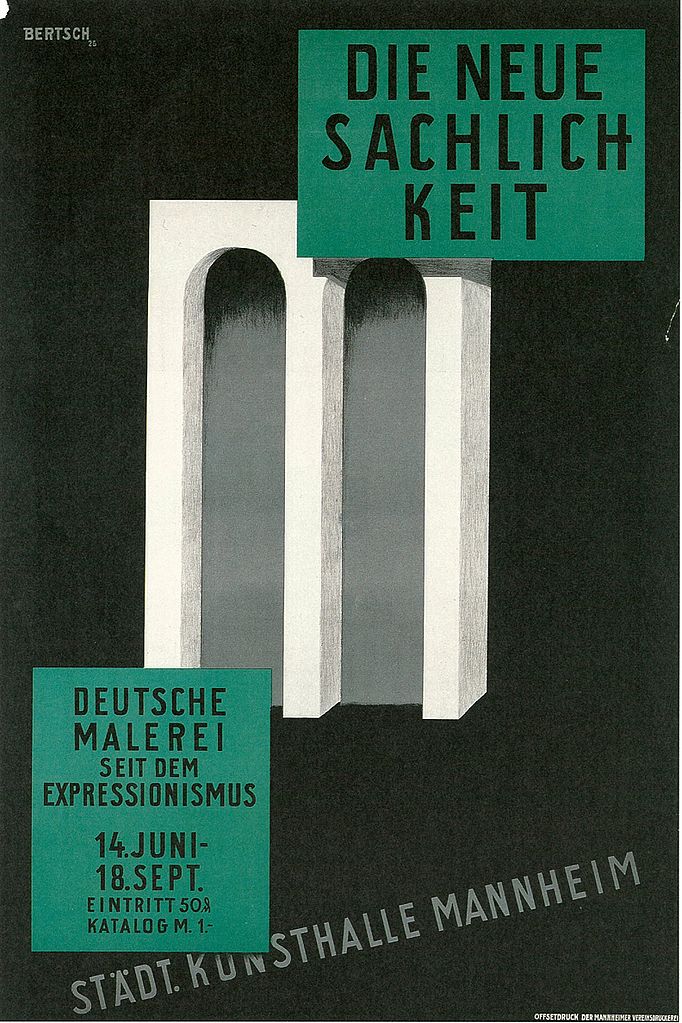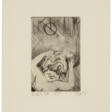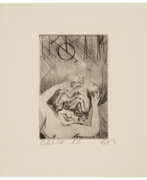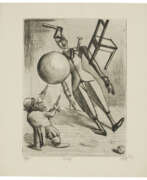New Objectivity

New Objectivity
New Objectivity, a German art movement that emerged in the 1920s, stood as a poignant response to the tumultuous post-World War I landscape. Originating as a reaction against the abstract and emotional style of Expressionism, it marked a "return to order" in the arts, showcasing a blend of realism and satire to depict the raw truths of society. This movement, influenced in part by French painter Henri Rousseau and the Italian classical realists, was characterized by its focus on the objective world and a stark portrayal of contemporary life.
The movement was composed of two main tendencies as described by Gustav F. Hartlaub, the director who first used the term "New Objectivity." On one side were the verists, artists who presented a raw, provocative form of realism, emphasizing the harsh realities of contemporary life. This group included notable figures like George Grosz and Otto Dix, who depicted satirical scenes filled with psychological and societal critique. Their art often portrayed the darker sides of human nature and the absurdity of societal constructs, with a focus on the gritty realities of post-war life.
On the other side were the classicists, who leaned towards a more timeless portrayal of existence, drawing inspiration from 19th-century art, metaphysical painters, and other historical influences. This group sought to embody external laws of existence through their art, offering a counterpoint to the verists' intense realism.
Prominent artists such as Max Beckmann, Christian Schad, and Otto Dix played a pivotal role in defining the movement's aesthetic. Their works often depicted the societal changes and psychological tensions of the era, with a focus on sharp, clinical precision in painting. Beckmann, for instance, was known for his expressive imagery and scathing visual criticism of modern life. His notable work "Departure" is a profound example, showcasing themes of fear, stress, and political turmoil, symbolizing hope in the face of adversity.
Otto Dix's art vividly captured the horrors and absurdities of war. His portfolio "The War" and the painting "The Skat Players – Card Playing War Invalids" are prime examples, illustrating the brutal reality of war through graphic and satirical imagery.
The movement, however, faced challenges with the rise of National Socialism. Many artists associated with New Objectivity were condemned as "degenerate" by the Nazi regime. Post-World War II, the realism of New Objectivity fell out of favor, overshadowed by different political and artistic narratives. However, its influence resurfaced in the late 1970s, inspiring artists like Francis Bacon and Lucian Freud, who adopted its unflinching approach to portraying reality.
As an art collector, auctioneer, or antique expert, understanding the depth and context of New Objectivity can enrich your appreciation of this significant movement. Its bold, unapologetic portrayal of reality, coupled with its satirical edge, makes it a unique and influential chapter in the history of modern art.
For those passionate about the profound world of art movements like New Objectivity, staying informed is key. Sign up for updates on new product sales, auction events, and insightful articles related to this fascinating art movement. Experience the world of art through a new lens and never miss an opportunity to deepen your understanding and collection.
| Country: | Europe, Germany |
|---|---|
| Start of the period: | 1920 |
| End of the period: | 1933 |







